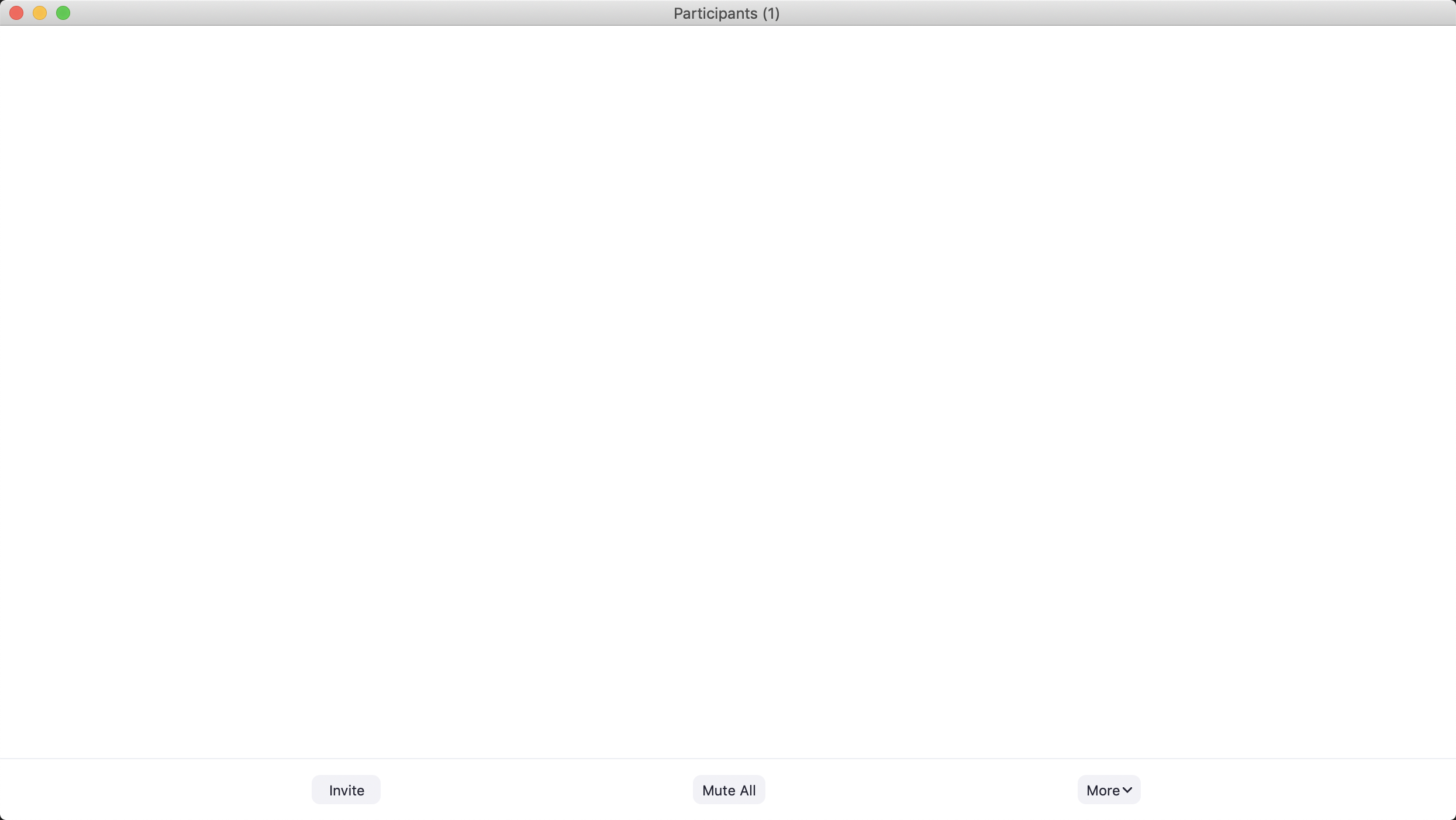





It is important to also discuss how the development of Zoom has progressed. The Social Construction of Technology model introduced by Kline and Pinch in 1996 may help us to understand how different social groups affected its development [11]. Interpretative flexibility is the process by which various social groups negotiate the design of remote work technology. This means that remote workers, hackers and pranksters, software engineers and companies, and educational institutions are pulling the development of the technologies in different directions.
With this in mind, tech companies and software engineers are programming the user interface and features. This social group sees remote work technologies as an avenue for revenue since they require users to pay for certain features. This affects the development of the product, because this group wants the technology to be efficient (meaning maximizing revenue with as few resources as possible). This means that the product team may initially cut corners in privacy to develop more visible features, like adding the ability to make emoji reactions on your favorite video conferencing app.
Software companies are not the only ones that impact how remote working technologies progress. Let us take a look at the remote workers. Remote workers view Zoom as a way of conducting work in a flexible, convenient, safe, private, and reliable manner.
In our case, security and privacy demands from end users have led to the development of extra security features - in the form of meeting passwords in zoom meetings and the waiting-room-like feature in microsoft teams and google meets that prevents bombers from directly entering the meeting room
Remote workers wanting video communication to be more fun have led to the development of fun, customizable features, such as custom video backgrounds, zoom makeup masks, and Together Mode on Microsoft Teams that uses AI to place participants in one shared background.
Hackers and pranksters view this technology as a creative workspace for pulling pranks, one example being Zoombombing where these individuals join and disrupt these meetings.
Similarly to the remote worker case, this has led to the development of extra security features - in the form of meeting passwords in zoom meetings and the waiting-room-like feature in microsoft teams and google meets that prevents bombers from directly entering the meeting room
Educational institutions see this technology as a unified educational platform; in other words, educational institutions would rather have a single institutional license that helps bring its students into the same network, rather than having each student create their own zoom account on their personal emails.
The business minds behind video conferencing technologies want revenue and educational institutions want a unified platform, so we have technologies like zoom, microsoft, and google offering different priced institution-wide licenses.
In addition educational institutions want a remote working platform that allows teachers and students to not have to drastically change classroom interactions.
Zoom responded to this demand by implementing features that mimic established classroom settings and interactions. For example, Zoom's whiteboard mimics physical classroom boards, the "raise hand" function imitates a physical hand raise, and the breakout rooms simulate students breaking out into smaller groups as with in-person learning.
Software engineers, tech companies, remote workers, hackers and pranksters, and educational institutions have pulled the development of Zoom in different directions. The various social groups competing against each other have culminated in the remote work technology we have today in the form of closure. With videoconferencing technologies, closure looks like: offering institutinal licenses, features similar to physical classroom tools, and security and privacy features that prevent hackers from hijacking meetings.